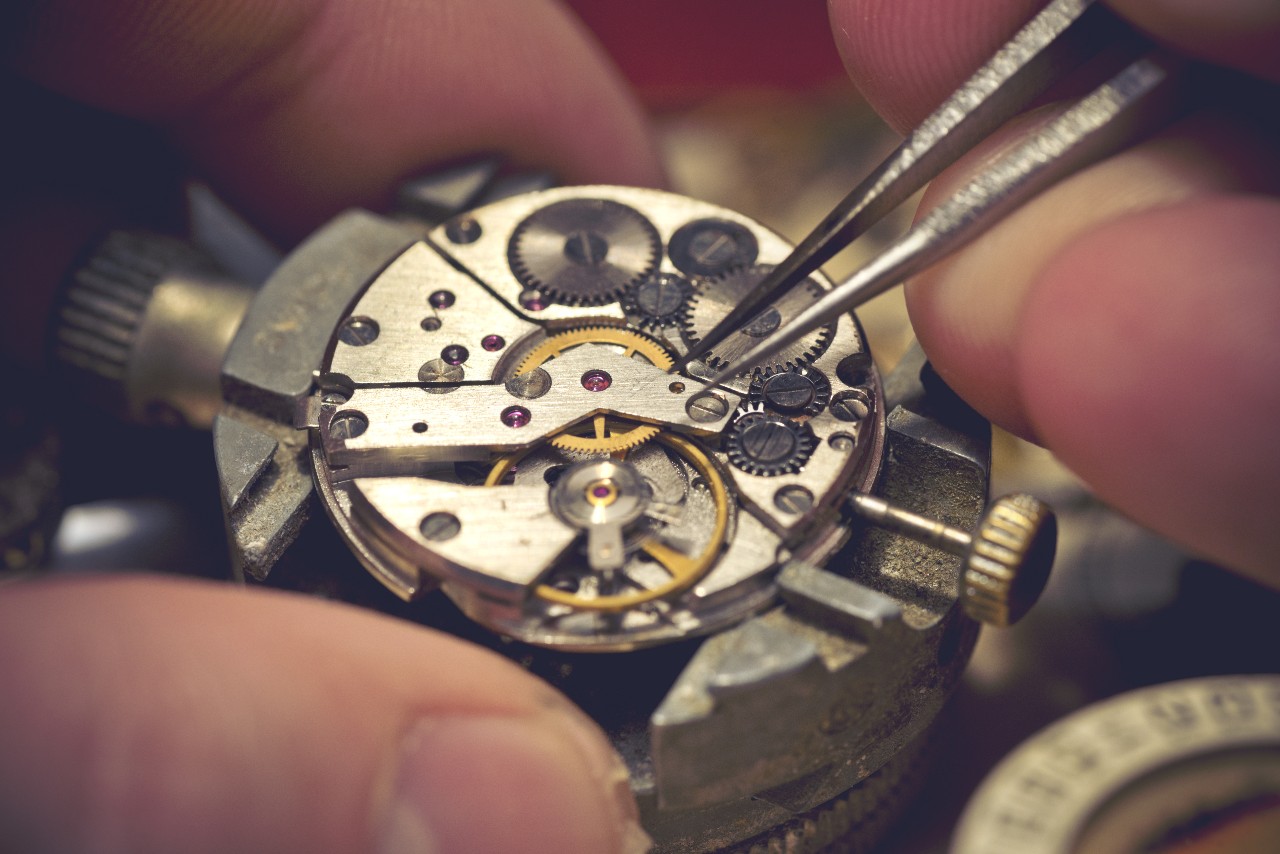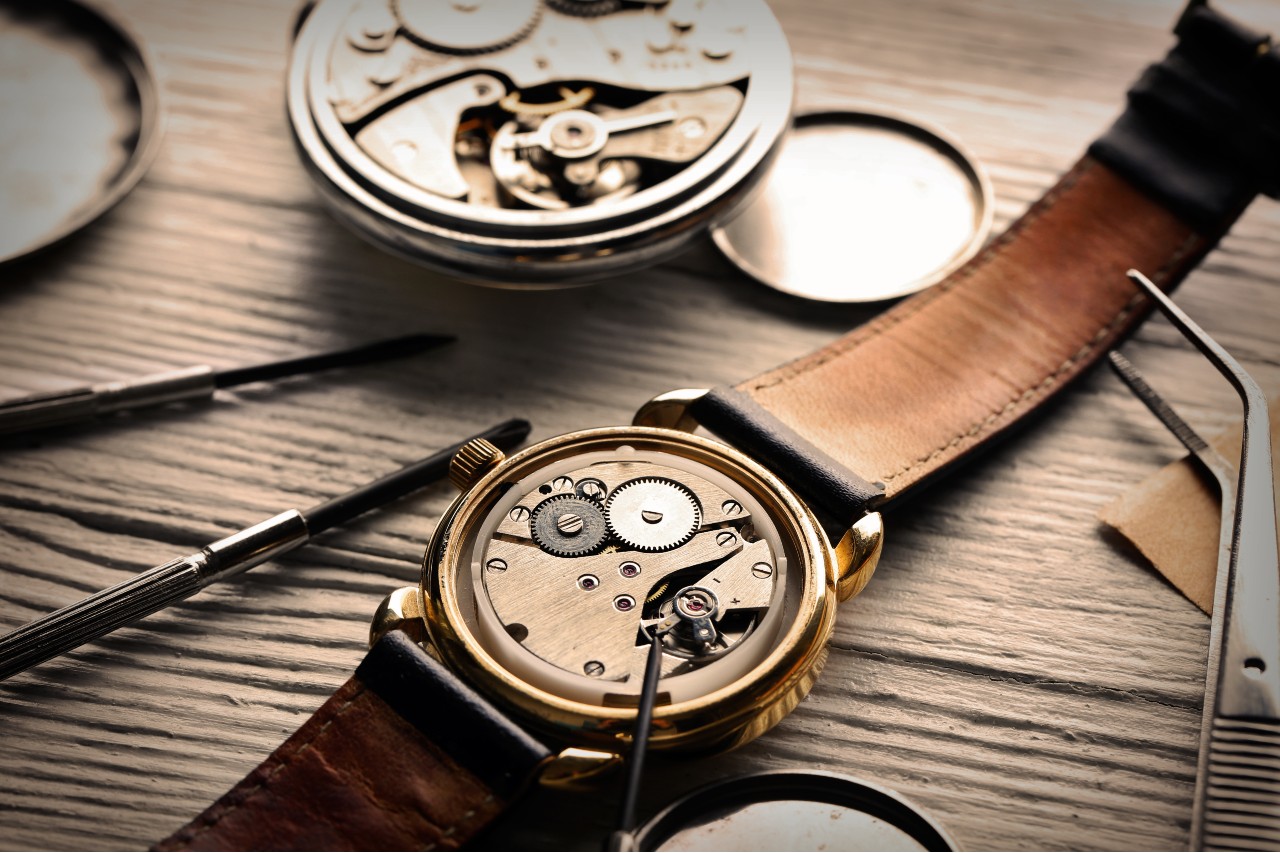How Watchmaking Works
September 15th, 2022

Since their invention in the 15th century, timepieces have inspired the imagination. Their complex machinery and delicate beauty are delightful and enchanting, and not by accident. Watchmakers must undergo strenuous training and strict standards to become expert horologists. Through a detailed and exacting process, they manage to create some of the world’s most desirable and attractive accessories. For this guide, we’ll be talking about mechanical watches, i.e. those without batteries.

Step 1: The Plan
Before watchmakers get their hands on their tools, they must first conceptualize the timepiece. What watch style are they going to make? Who will be wearing the timepiece? Does it need complications, special materials, or any other specialty parts? All of this must be considered before the watchmaking begins.
Watchmakers will carefully devise their aesthetic and functional vision for the watch. They may use a combination of software, hardware, and other tools to visualize every detail. The planning process can take months or even years depending on the movement’s complexity.

Step 2: The Parts
High-end luxury watches tend to feature complicated, intricate movements. This requires specialty parts that are difficult to find, such as gears, wheels, springs, hands, and more. Diminutive and carefully crafted, there aren’t many factories specializing in watch machinery. That’s why many watchmakers fabricate their own using advanced technology, although there is sometimes handcrafting involved.
Besides the movements’ parts, materials like alligator leather for the strap must be of the highest quality to meet the standards of luxury watch brands. While some brands smith their own metal, fewer are able to tan their own hides.

Step 3: The Creator
Now that the plan is in place and the materials are gathered, it’s finally time to make the watch. But who will produce it? Companies either outsource the production or do it entirely in-house, the former being more cost-effective for large brands than the latter.
The most luxurious, specialty brands are usually created entirely in-house. Some companies even smelt their own precious metals. This lets them maintain complete control over the production process, ensuring a higher standard of quality.

Step 4: The Watchmaking
The specifics of watchmaking are proprietary and complex. Only the most skilled experts with the steadiest hands, careful precision, and experienced craftsmanship can create watches. The parts that make mechanical watches work are small and delicate. Even the slightest mistake can warp a spring or wheel.
Increasingly, automation has taken a role in the production process. Specialized machinery never makes mistakes, never tires, and always shows up on time. However, they largely work alongside humans. Machines perform repetitive tasks to ensure that watchmakers can spend all of their effort and expertise into the creation of a peerlessly beautiful and chic timepiece.

Step 5: Sell the Luxury Watch at Hing Wa Lee Jewelers
Hing Wa Lee Jewelers is California’s premier source for high-end timepieces. Trusted by customers and companies alike, we’re proud to offer a diverse range of legendary brands and talented microbrands. Whether it’s a durable athletics timepiece or a luxurious dress watch, you’ll find it all at our Walnut and San Gabriel showrooms near Los Angeles.
Our talented expert staff is eager to guide you through a realm of magnificent, elegant timepieces. Have questions? Call our San Gabriel showroom at (626) 456-2222 and our Walnut store at (909) 831-8888 for all of the answers.


